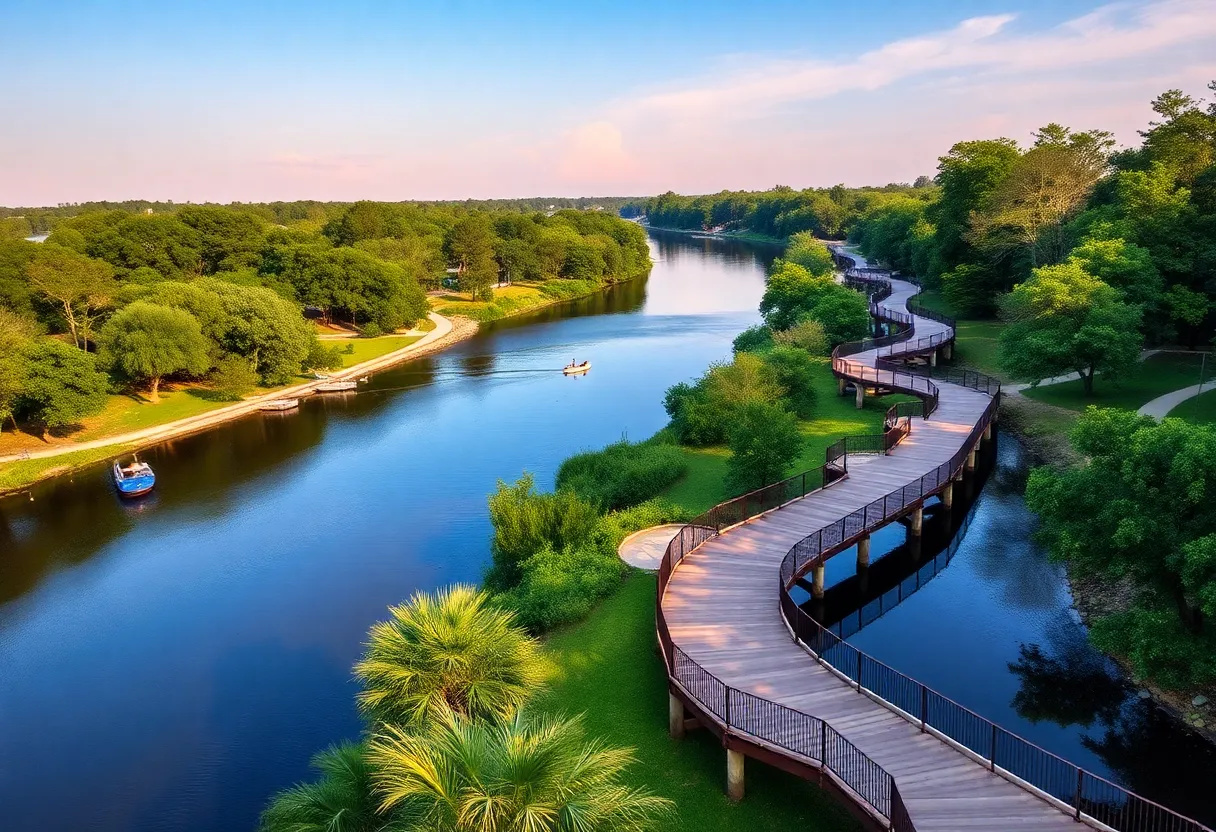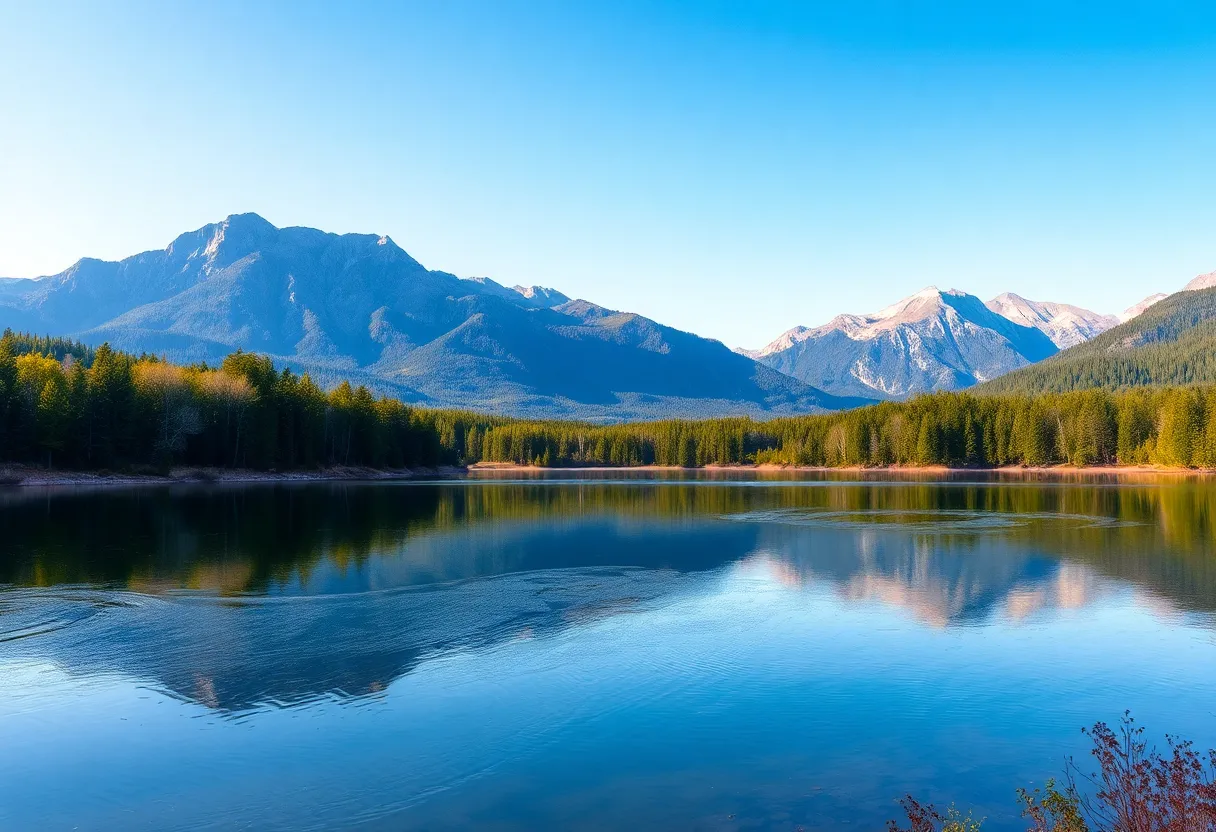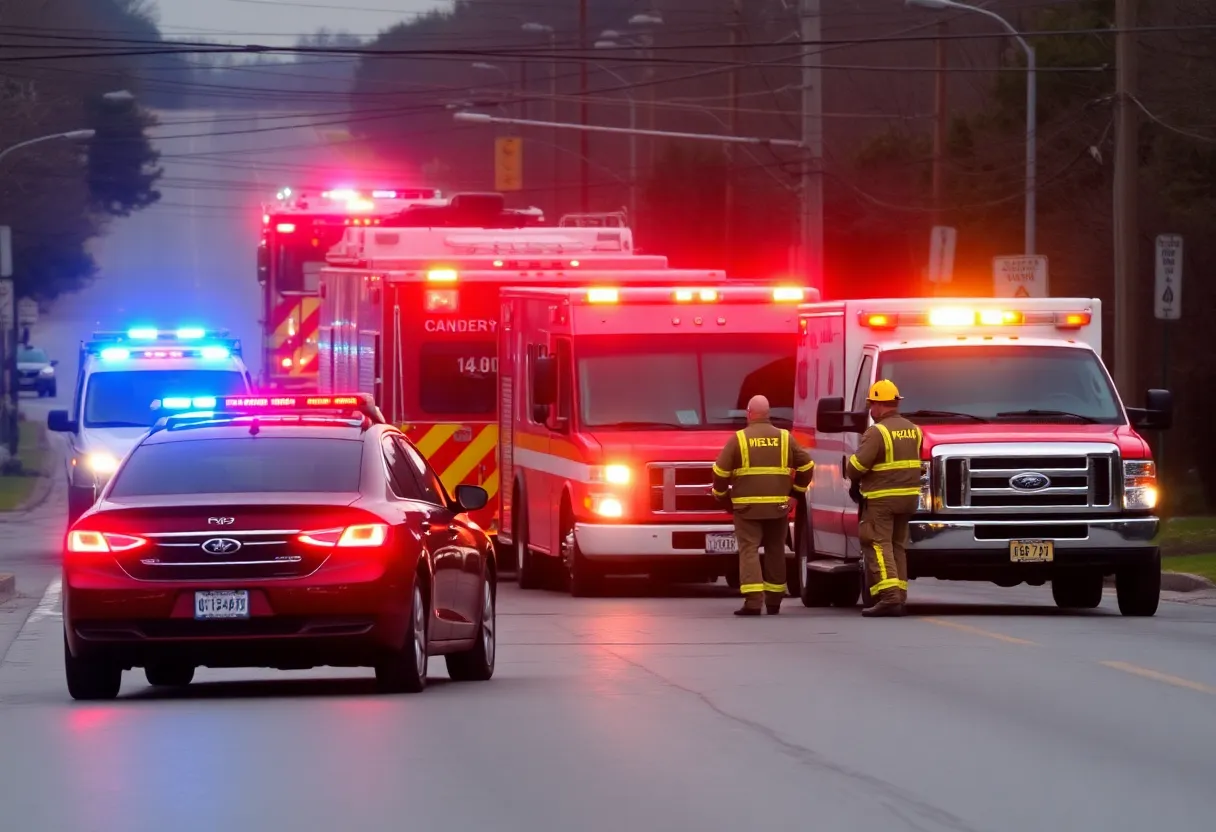News Summary
Columbia, South Carolina, is set to transform 80 acres along the Congaree River into a vibrant waterfront park. This initiative aims to boost the city’s green spaces, featuring landscaped boardwalks, event areas, and trails, despite the challenges of flooding and accessibility. Recent developments, including land donations and infrastructure improvements, have reignited interest in the project. City officials recognize the importance of balancing natural beauty with urban development as they seek public input throughout the design process.
Columbia, SC Eyes Exciting New Riverfront Park Despite Flood Challenges
Columbia, South Carolina, is embarking on an ambitious project to convert 80 acres along the beautiful Congaree River into a stunning waterfront park. This vision is not just about creating a place for recreation, but it also aims to enhance the city’s green spaces with landscaped boardwalks, event spaces, and inviting trails for residents and tourists alike.
Historic Land, Untapped Potential
For over a century, this property has largely remained untouched, presenting a unique opportunity for city leaders to make a significant impact on the community. However, the area does face challenges; it is currently prone to flooding and lacks direct road access, as most of it is privately owned. This combination of history and inaccessibility has left many wondering how to unlock its potential safely.
The recent spark in interest around the park project can be traced back to a series of encouraging developments, including a land donation, a thorough river cleanup effort, and a new road project designed to improve access. City officials are excited about these steps forward and are keen to engage with design firms to help realize this vision. A formal request was sent out earlier this year, attracting proposals from nearly 20 firms across the nation, all eager to play a part in this dream park.
Balancing Nature and Development
As plans progress, some concerns are surfacing among residents and river advocates. The fear is palpable—what if the park’s development compromises the area’s natural beauty in favor of concrete and infrastructure? Many are particularly worried about transforming this flood-prone area into a heavily developed space. The recent flooding incident saw water levels soar above 30 feet, emphasizing the growing risks of future storms and climate conditions.
City Council members, including local leaders, acknowledge that understanding the flood limitations of the area is essential while exploring park possibilities. They are committed to carefully balancing public use and access to the river while preserving its natural beauty amidst ambitious development goals. The general public’s input will play a crucial role as design processes unfold.
Design Dreams and Economic Opportunities
Columbia’s vision for the park extends beyond mere nature trails; the city aims to create a vibrant hub, connecting the area to the nearby Columbia Canal while integrating historical elements into the design. Plans suggest the potential for surrounding commercial development, including hotels and restaurants right by the water’s edge, which could add a dash of liveliness to the park atmosphere.
In the past, the Boston-based firm Sasaki pitched a dynamic design that envisioned vibrant lawns, flowering gardens, and even an amphitheater. Unfortunately, those ideas never materialized into formal proposals. Now, with budget estimates ranging from $40 million to $60 million, city leaders recognize that more elaborate designs may lead to higher costs.
Importantly, the chosen design must adhere to strict flood regulations, requiring structures to be elevated above base flood levels. Most of the land designated for the park will be under the watchful eye of Guignard Associates, a family land trust with deep-rooted connections to Columbia’s history.
Accessible Infrastructure and Community Involvement
In conjunction with the park’s development, Columbia is prioritizing infrastructure projects to facilitate access and opportunities in the riverfront area. A concerted effort, including a $21 million road project, will pave the way for easy traversal to this future green oasis.
As the community anticipates this exciting change, the Columbia Riverkeeper has raised cautionary flags regarding historical attempts at development in flood-prone zones. City leaders are listening and emphasize that the path to creating this significant waterfront space includes active public involvement and input throughout the ongoing design process.
With a commitment to striking the right balance, Columbia’s leaders are determined to maintain the river’s natural charm while providing a space that everyone can enjoy. The upcoming riverfront park promises to enhance community life and create a sanctuary for people to connect with nature—if they can navigate the unique challenges of the land and weather that the Congaree River presents. This project is already generating buzz, and it’s clear that Columbia is ready to embrace a bright, green future along its riverfront.
Deeper Dive: News & Info About This Topic
HERE Resources
Lexington’s Historic Water Plant Set for Renovation
Exciting Times Ahead: SEOST Digital Marketing Conference Coming to Chandler, Arizona!
The World of Digital Marketing: A Glimpse into 2025
AdLift and Liqvd Asia Join Forces: A New Era in Digital Marketing
Kobe Digital Expands into Miami, Establishing New Office
The Cost of Going Digital: Understanding Marketing Expenses in 2025
Columbia’s Vista District to Expand Hotel Capacity with Zoning Changes
West Columbia Parks Close March 16 Due to Weather Woes
Severe Weather Alert for Kentucky: Flood and Wind Advisory
New Apartment Complex Planned for Downtown Columbia
Additional Resources
- The State: Columbia Riverfront Park Developments
- WLTX: Columbia Riverfront Park Closure
- ABC Columbia: Riverfront Park Closures for Construction
- MSN: Riverfront Park Closures Continue
- Wikipedia: Congaree River








